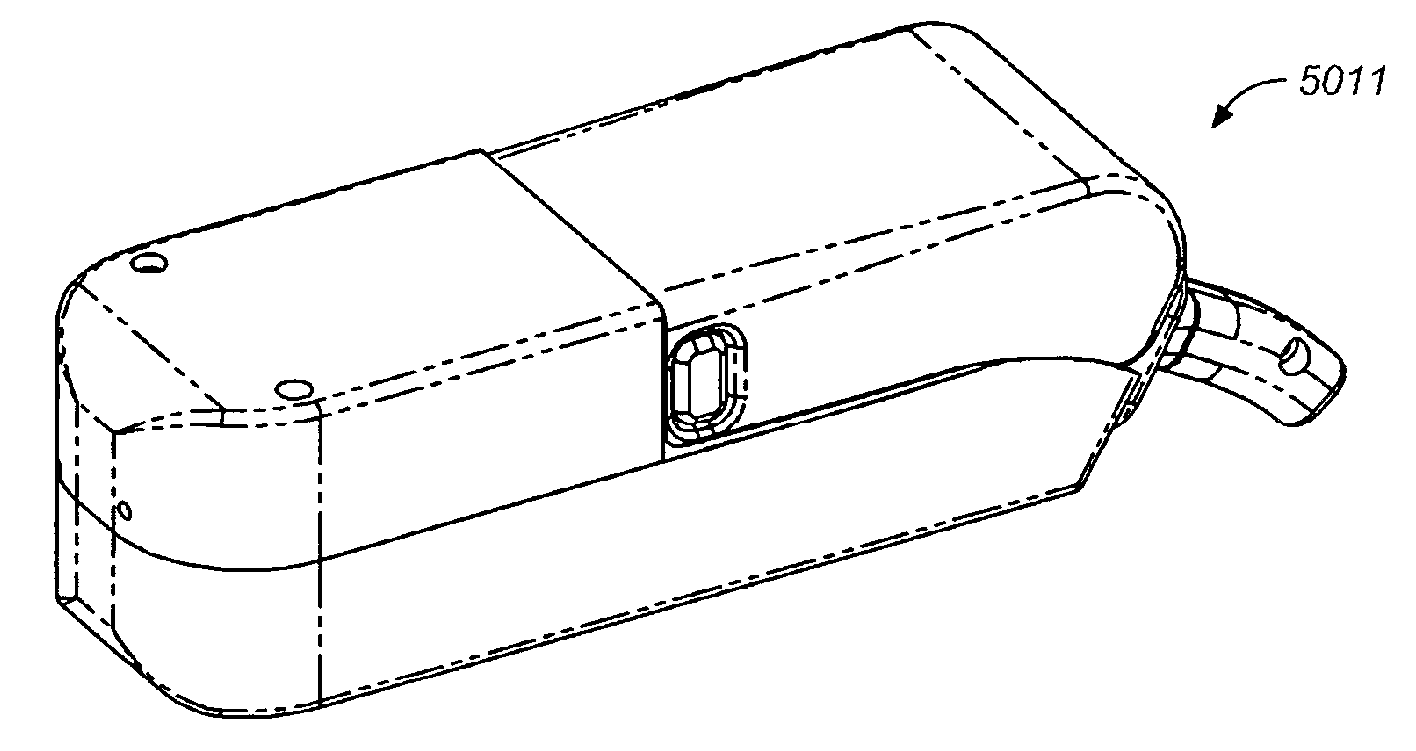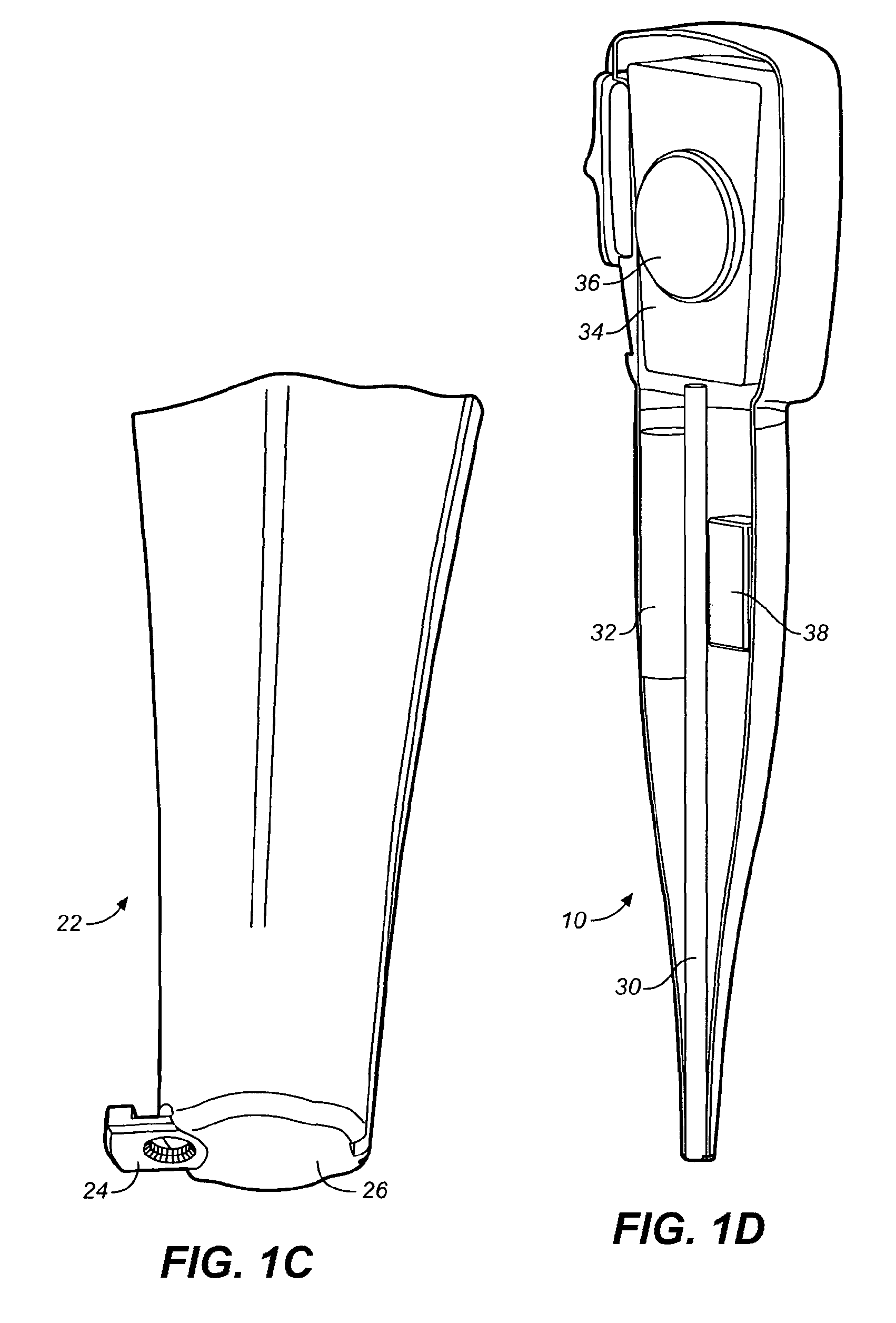Methods for administering small volume oral transmucosal dosage forms using a dispensing device
a technology of oral transmucosal and dispensing device, which is applied in the direction of pharmaceutical containers, packaging foodstuffs, packaged goods types, etc., can solve the problems of low efficiency of absorption of drugs following oral administration, unsuitable for use, and relatively long onset times
- Summary
- Abstract
- Description
- Claims
- Application Information
AI Technical Summary
Benefits of technology
Problems solved by technology
Method used
Image
Examples
example 1
Sublingual Sufentanil Dosage Forms Administered Sublingually in Adult Human Volunteers
[0527]
TABLE 1Sufentanil Formulations Used in the Human Clinical Study#46#47#472.5 μg Sufentanil Base5.0 μg Sufentanil Base5.0 μg Sufentanil Base%%%MassMassMassMassMassMass inMass ininMass inininMass inininBatchtablet,tablet,Batchtablet,tablet,Batchtablet,tablet,Ingredient(g)mgw / w(g)mgw / w(g)mgw / wSufentanil0.37500.003750.0680.750.00750.0681.50000.01500.273CitrateMannitol406.604.06679.931406.304.06379.931405.5004.05573.727200SDPoloxamer110.1102.000110.1102.000110.1102.000(Lutrol F68)Polyox16.50.1653.00016.50.1653.00016.50.1653.000WSR 303PEG-800082.50.82515.00182.50.82514.99982.50.82515.000Stearic Acid27.50.2755.00027.50.2755.00027.50.2755.000Mg Stearate5.50.0551.0005.50.0551.0005.50.0551.000Total549.9755.49975100550.0505.005100550.0005.5100Calculated0.0025061590.0050120.0100255?Strength(Sufentanilbase)
[0528]A human clinical study was performed using healthy volunteers. The study was performed with 12 ...
example 2
In Vivo Evaluation of Sublingual Sufentanil Dosage Forms in a Dog Model
[0534]The following Examples 2-5 are using the Beagle dog model and the formulations for the dosage forms all are using a dosage form with a total mass of 5.5 mg. The in vivo pharmacokinetics (PK) of sufentanil following sublingual administration of the 5 mcg dosage forms (formulation #44 for dogs, which is the same as the human formulation #47) described above were evaluated in a healthy Beagle dog model. Briefly, single 5 mcg dosage forms described above were administered sublingually in fully awake healthy dogs by direct placement in the sublingual cavity. A total of three dogs were evaluated. Following administration, the position of the dosage form in the sublingual cavity was observed visually at 5-15 minute intervals following administration. The sublingual sufentanil PK was compared with that of IV administered sufentanil at the same dose level.
[0535]All dogs were catheterized via the cephalic vein for bl...
example 3
Exemplary Sufentanil Dosage Forms to Control Drug Release and In Vivo Pharmacokinetics
[0537]For purposes of illustration, a longer duration dosage form (formulation #58) was prepared with sufentanil citrate in order to evaluate a slower rate of drug release and in vivo pharmacokinetics of a longer-acting dosage form. This slower disintegrating sufentanil dosage form, as described in Table 4 was prepared by direct compression and tested as described above. The range of erosion times in dogs was 35-120 minutes and the bioadhesion of the placebo formulation was measured as described above and determined to be 0.18±0.08 N / cm2.
[0538]Sample analysis was performed using a validated LC / MS / MS method for analysis of sufentanil in dog plasma. Pharmacokinetic analysis was performed using a non-compartmental model of absorption. The results of a limited PK analysis are shown in Table 5.
[0539]
TABLE 4Slow Disintegrating Sufentanil FormulationCompositionFormulation #58Sufentanil citrate0.5456Mannit...
PUM
 Login to View More
Login to View More Abstract
Description
Claims
Application Information
 Login to View More
Login to View More - R&D
- Intellectual Property
- Life Sciences
- Materials
- Tech Scout
- Unparalleled Data Quality
- Higher Quality Content
- 60% Fewer Hallucinations
Browse by: Latest US Patents, China's latest patents, Technical Efficacy Thesaurus, Application Domain, Technology Topic, Popular Technical Reports.
© 2025 PatSnap. All rights reserved.Legal|Privacy policy|Modern Slavery Act Transparency Statement|Sitemap|About US| Contact US: help@patsnap.com



